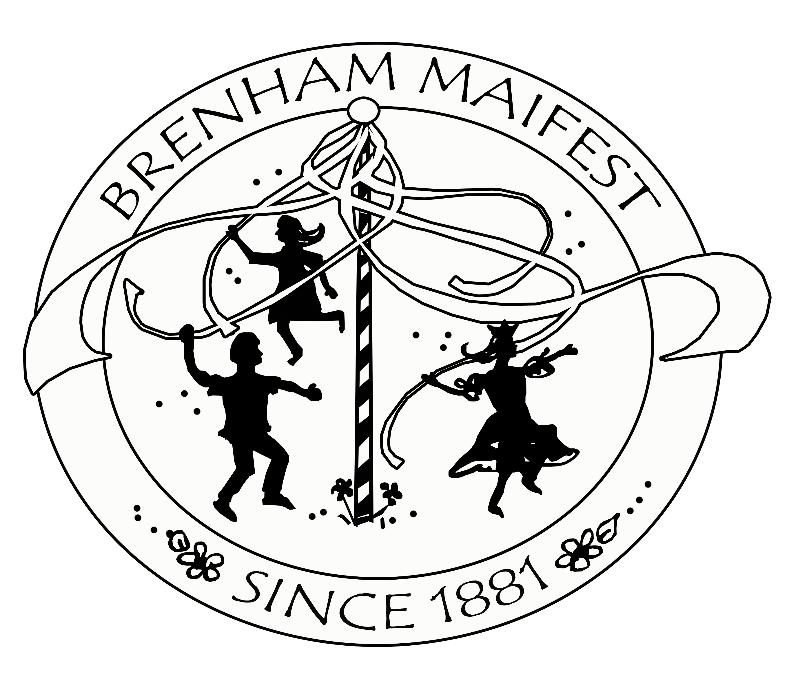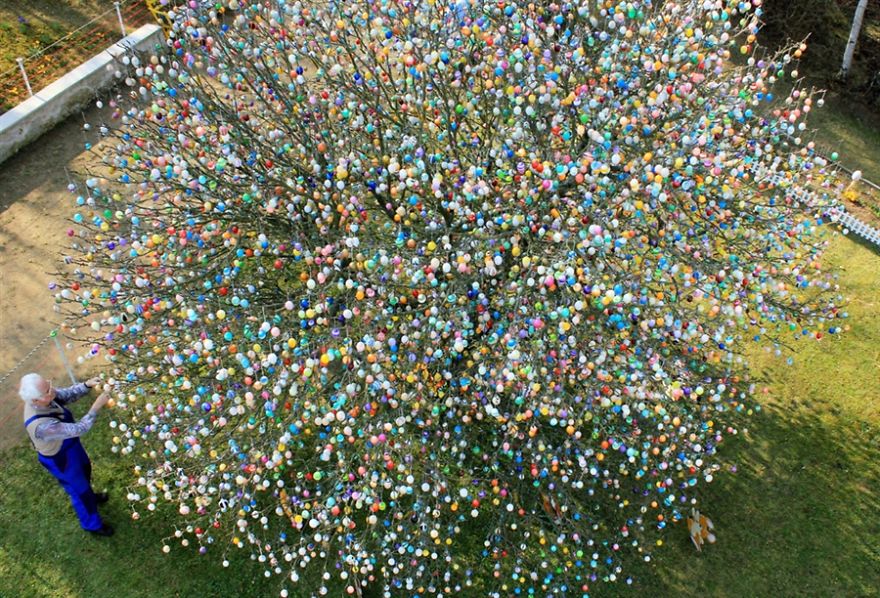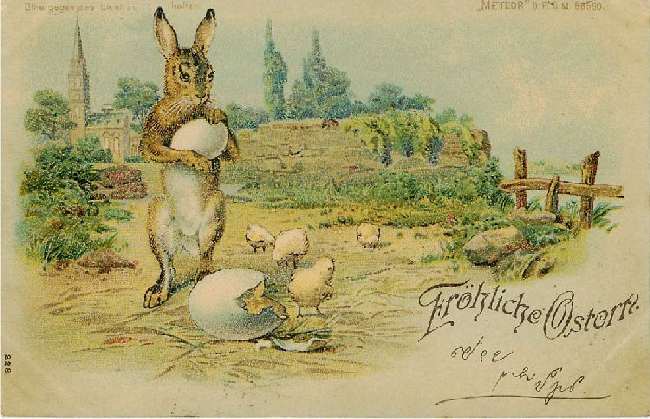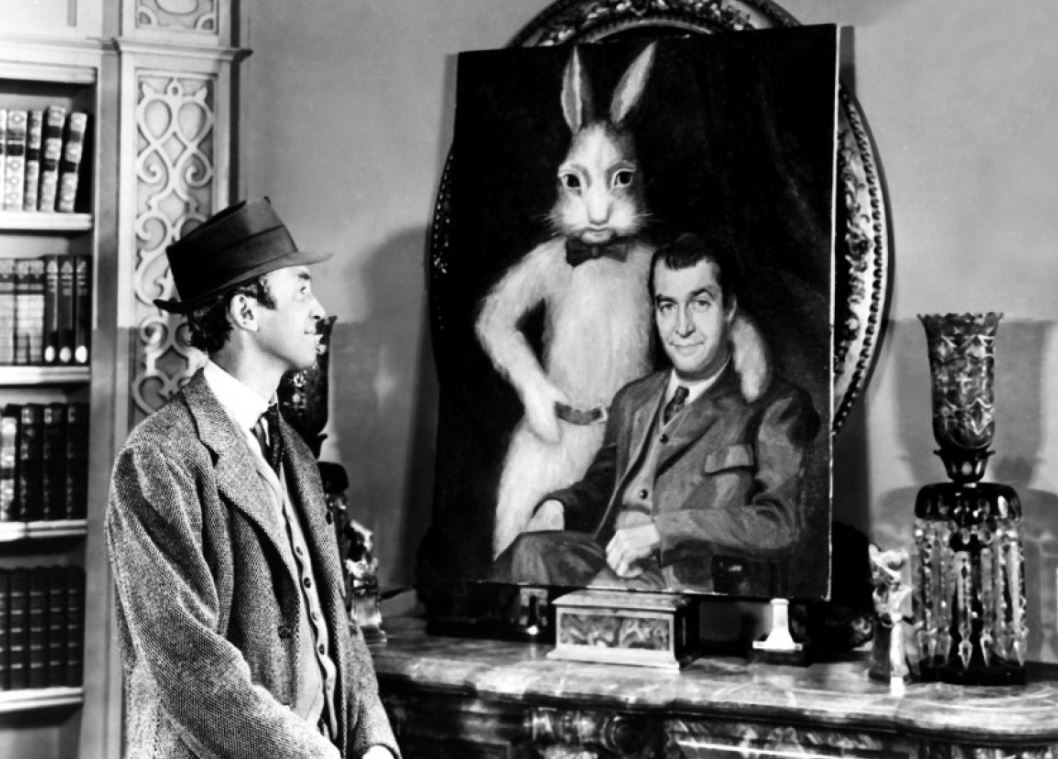A Spectacular Speckled Spectacle: The Story of the 10,000 Egg Tree and the Tradition of German Easter Trees
A family in Germany has a tradition of decorating a tree outside their home with 10,000 Easter eggs! It takes them about two weeks to complete this amazing feat.

Their tradition began in 1965 and has continued ever since. These colorful decorated trees, called Eierbaum, Osterbaum or Ostereierbäume in German, are a common sight in Germany during Easter.
See the original 10,000 easter egg tree decoration article by clicking here
Spring is a time of renewal, and for many cultures, Easter marks a joyous celebration of new beginnings. In Germany, the tradition of decorating trees with eggs takes this celebration to a whole new level. This article dives into the fascinating story of the 10,000 Egg Tree in Saalfeld, Germany, explores the history and variations of German Easter trees (Ostereierbäume), and provides tips for creating your own dazzling display and appreciating the art of intricately decorated eggs.
The Legendary 10,000 Egg Tree: A Feat of Dedication and Dazzling Display
Nestled in the heart of eastern Germany lies the town of Saalfeld, forever linked to a remarkable Easter tradition. For over 50 years, the Kraft family, led by Volker Kraft, meticulously adorned an apple tree in their garden with hand-painted Easter eggs. This wasn’t your average Easter basket decoration. By 2012, the tree boasted a staggering 10,000 eggs, a testament to the family’s dedication and the sheer joy of the tradition.
Sadly, due to storage limitations and the sheer volume of eggs, the Kraft family decided to stop adding to the tree in 2015. However, the legend of the 10,000 Egg Tree lives on, a reminder of the transformative power of Easter decorations and the enduring spirit of German traditions.
Beyond Saalfeld: Unveiling the History of German Easter Trees
The tradition of decorating trees with eggs in Germany, known as Ostereierbaum or Osterbaum, stretches back centuries. The exact origins remain unclear, but some historians believe it stems from pagan fertility rituals that were later incorporated into Christian Easter celebrations. Eggs, symbolizing new life and rebirth, became a natural choice for adorning trees during this springtime holiday.

Over time, the tradition evolved. Initially, real eggs were used, but as the practice gained popularity, hand-painted wooden eggs became more common. Today, Ostereierbäume come in all shapes and sizes, adorned with a dazzling array of colorful eggs, ribbons, and other decorations.








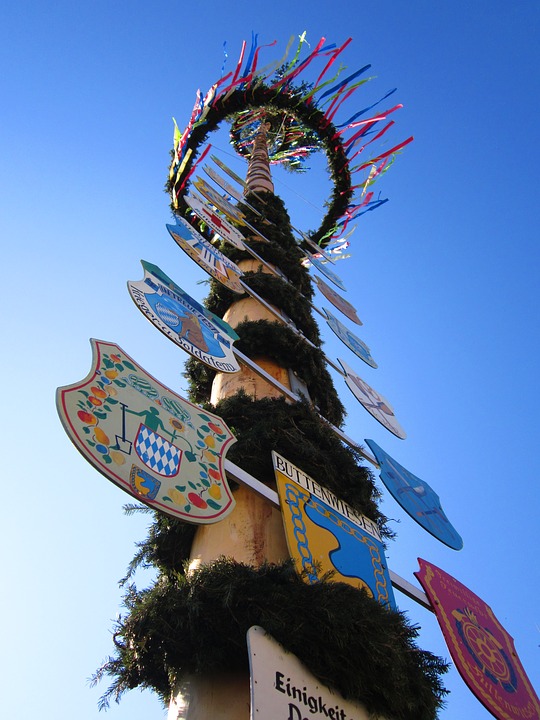
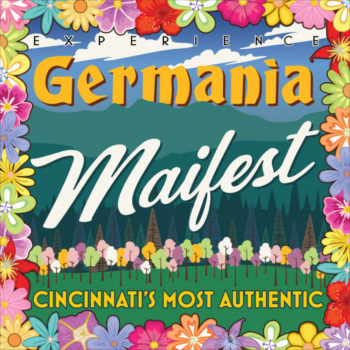
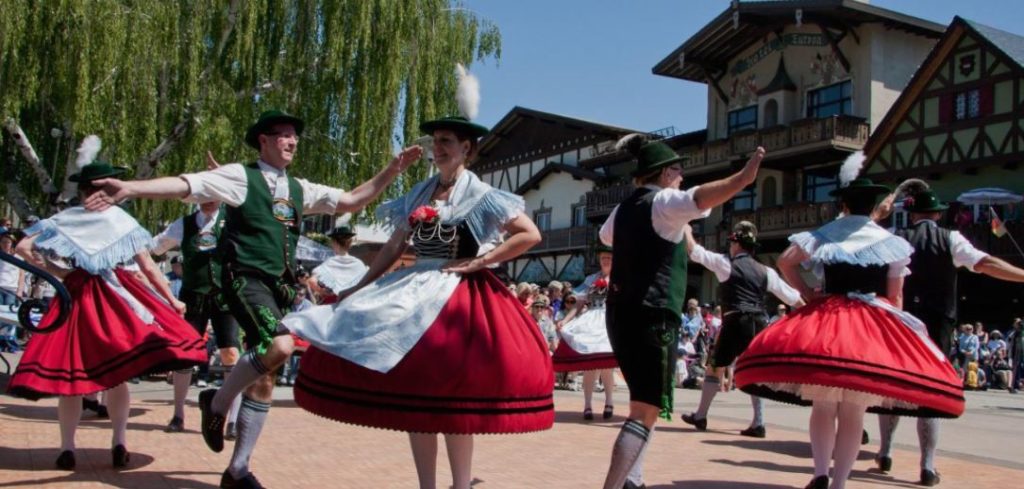 Source: @ Reed Carlson
Source: @ Reed Carlson
